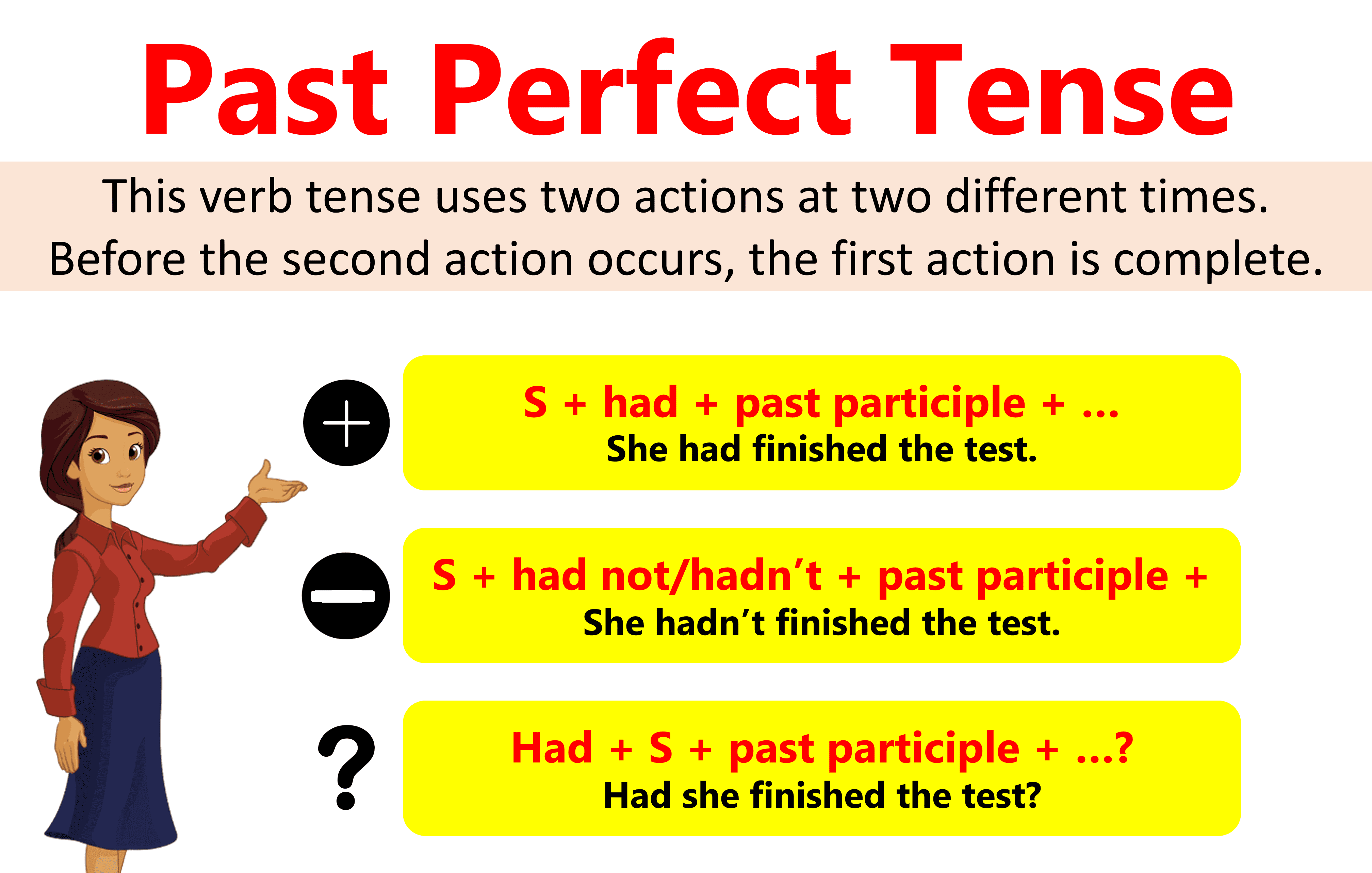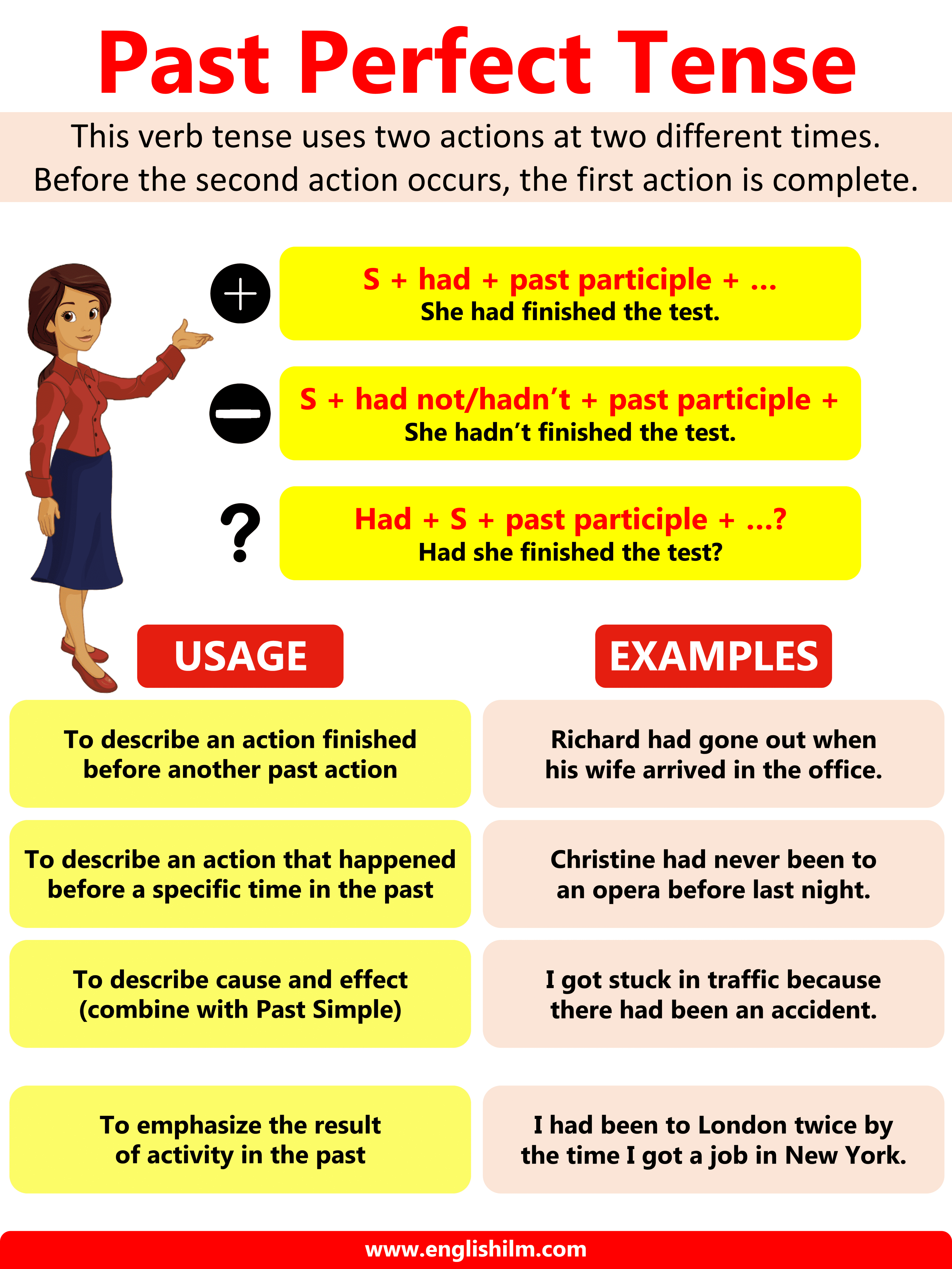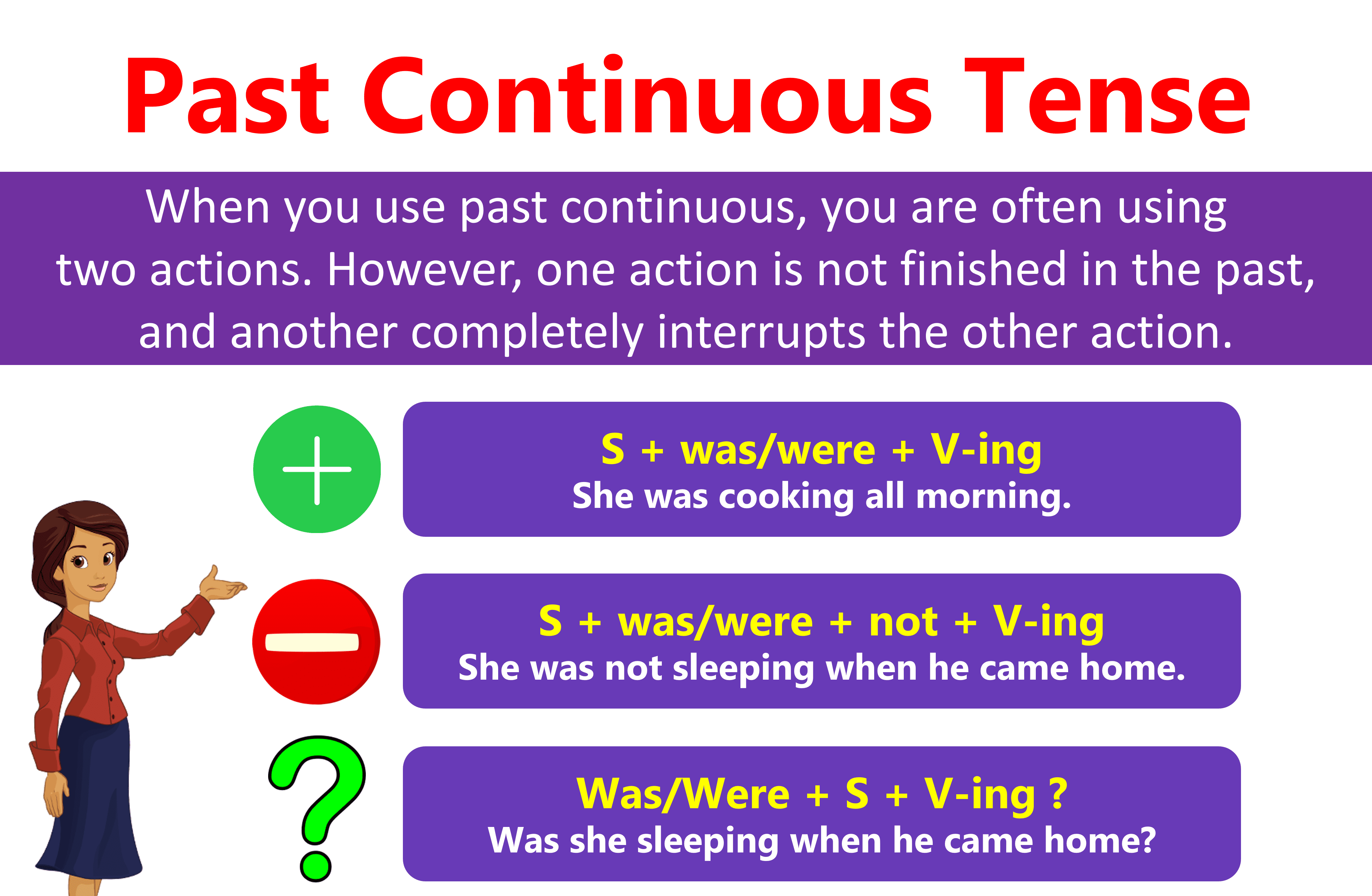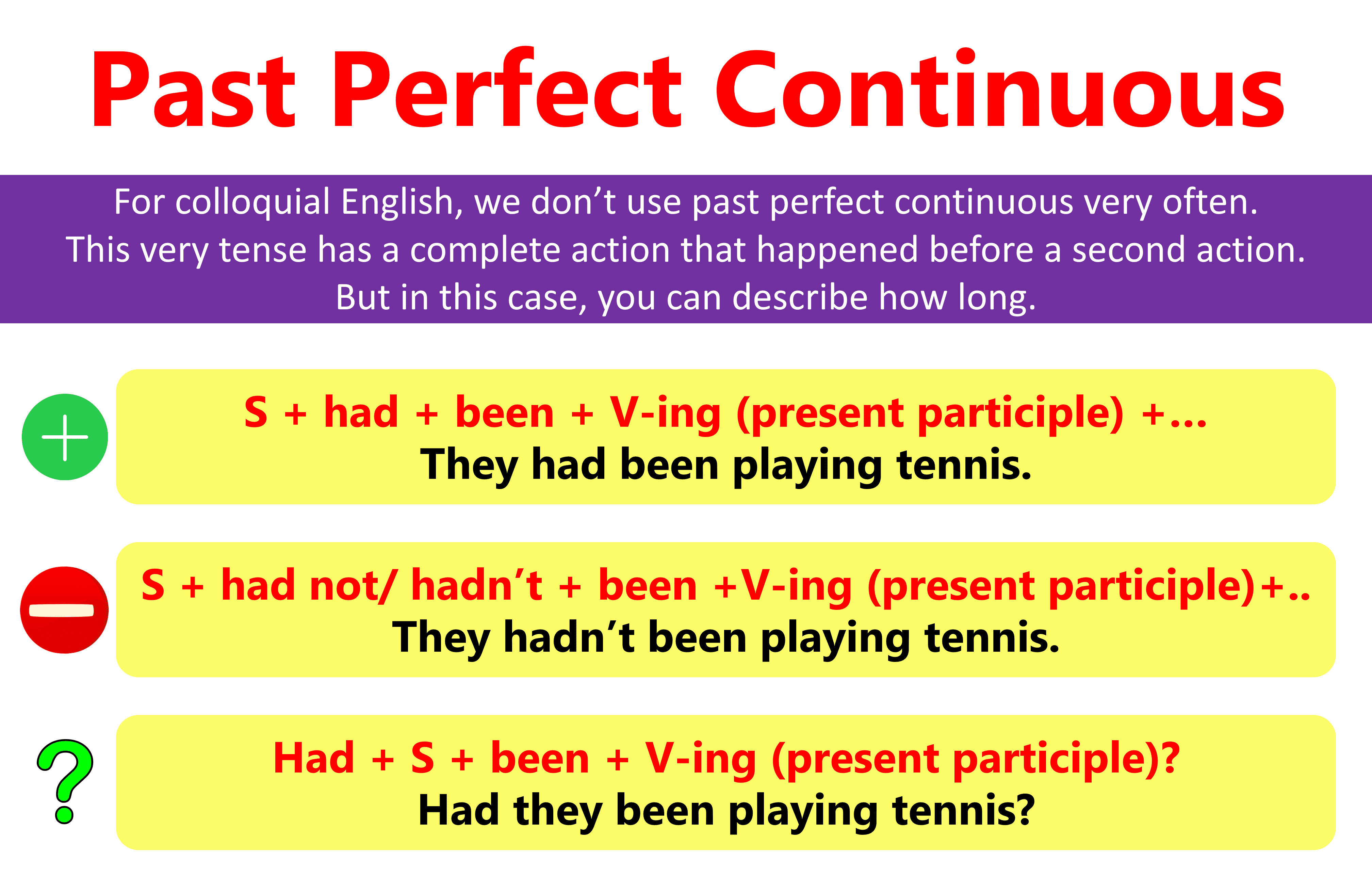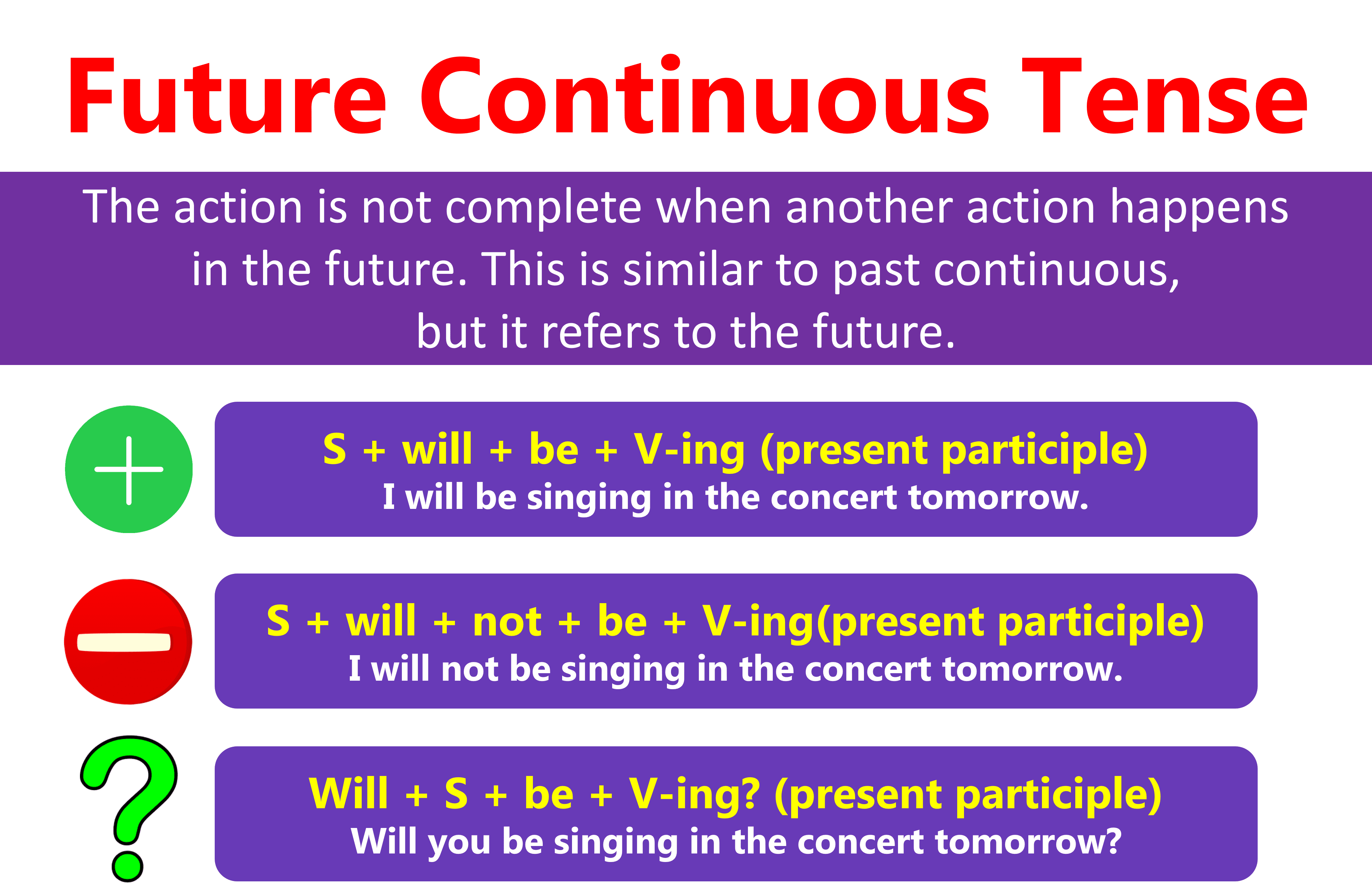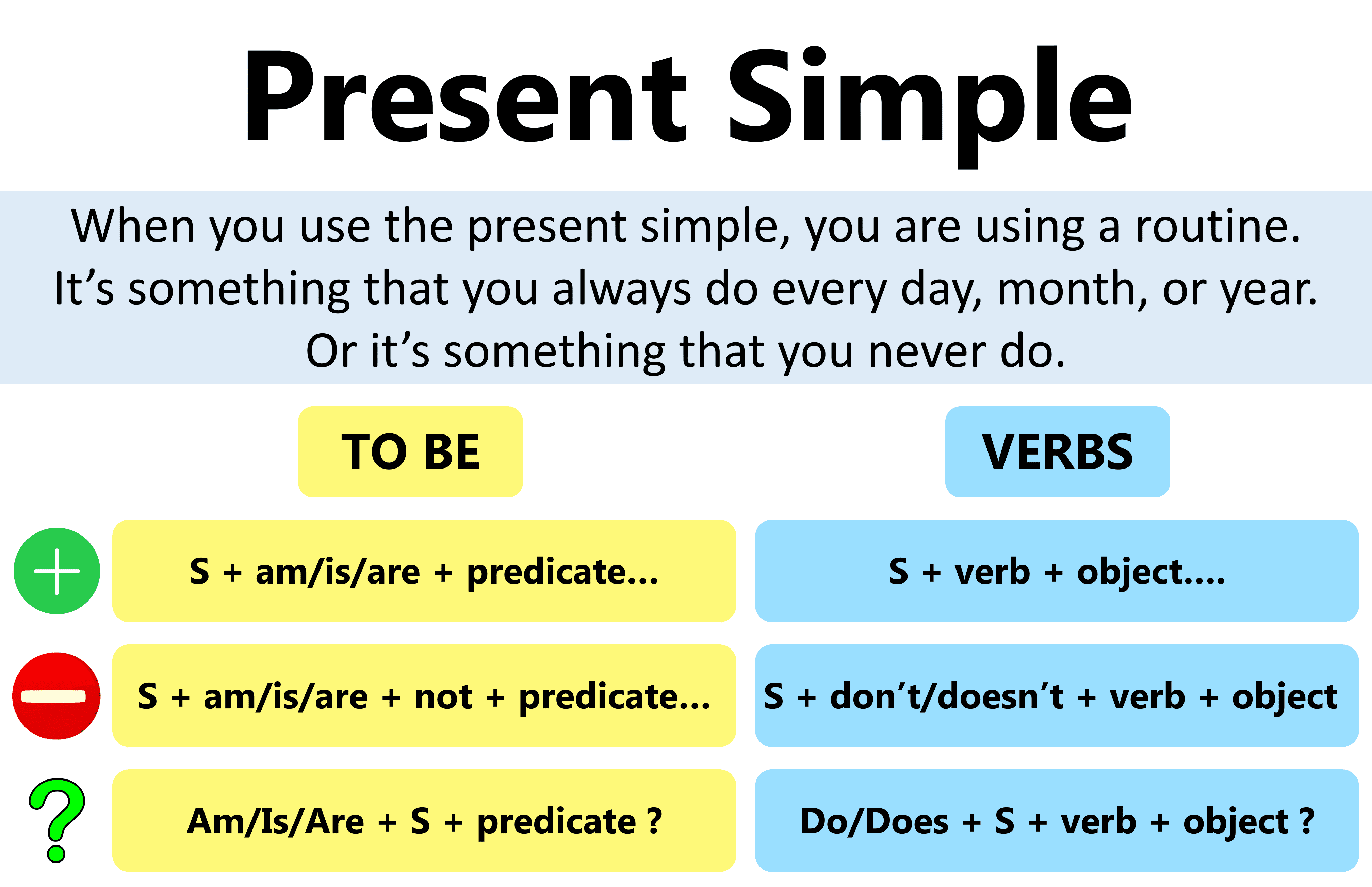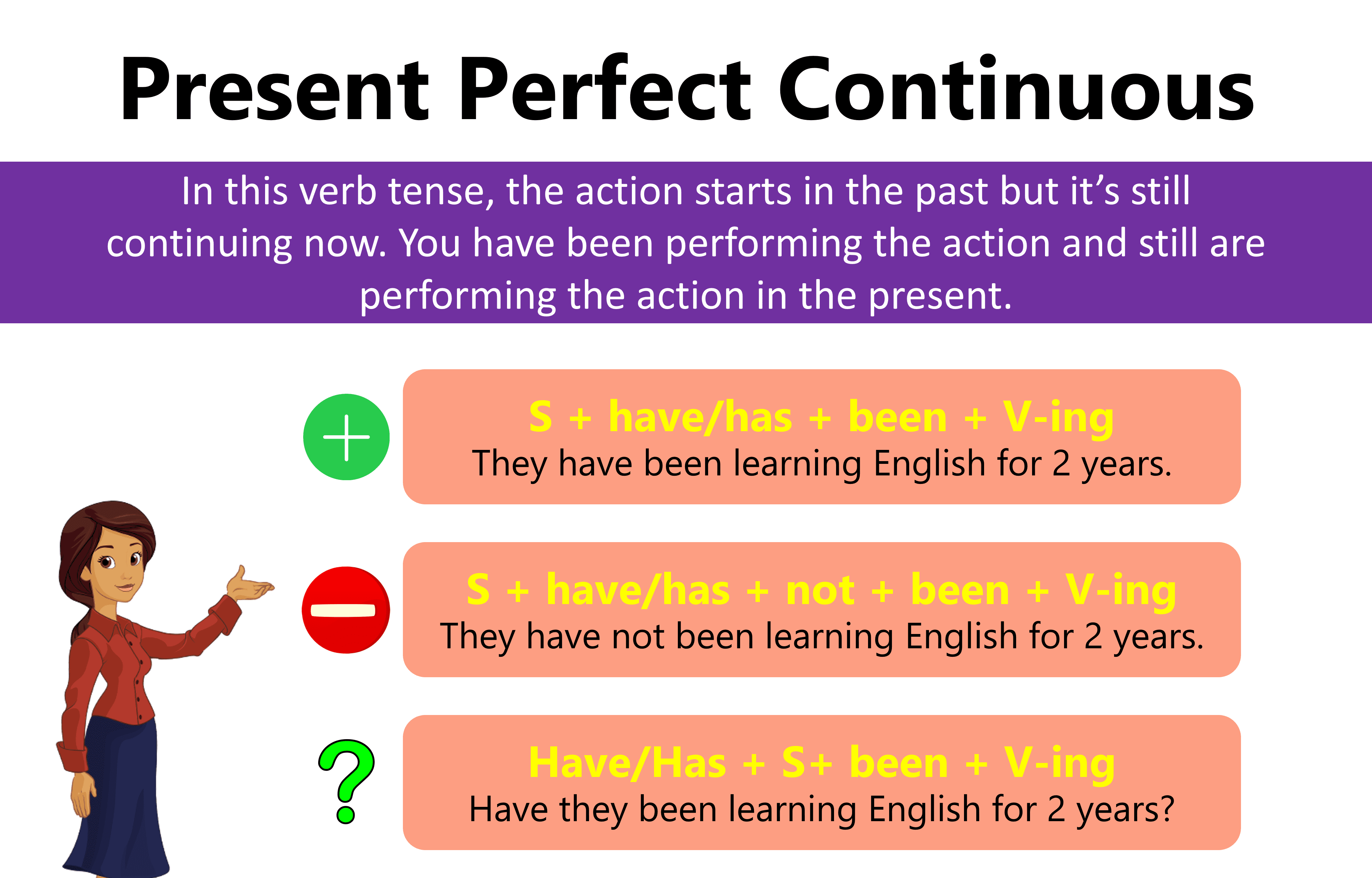In this blog post, you will learn how to use the past perfect tense in English, including its structure and usage. The past perfect tense is used to describe actions that were completed before a specific point in the past. Understanding this tense will help you enhance your communication and writing skills in English.
What is Past Perfect Tense?
Two actions are performed by this verb tense at two different times. The first action is finished before the second one starts.
There are several tasks that the past perfect form can carry out:
- It can refer to a prior activity that was connected to another past action that happened after the initial action, for example. Before continuing on to Detroit, I had first driven to Pittsburgh.
- It can be used to express two discrete activities that happened in succession, for example.
- Two days after arriving in Florida by car, I boarded a cruise.
Although these two tasks are quite similar, there are some subtle differences in how they deliver information to the listener or reader.
Past Perfect Tense Structure
When describing activities that were carried out before a certain period in the past, the past perfect is employed. Had is used with the primary verb’s past participle to create the past perfect.
Structure for Positive Sentences:
- S + had + past participle + …
Example:
- She had finished lunch.
Structure for Negative Sentences:
- S + had not/hadn’t + past participle + …
Example:
- She hadn’t finished lunch.
Structure for Question Forms:
- Had + S + past participle + …?
Example:
- Had she finished lunch?
Examples of the Past Perfect Tense
- I had finished the work.
- He was a wonderful singer.
- Had she finished the job?
- Henry had finished their lunch.
- When I arrived in the office, the boss had gone out.
- When I reached the bus stop, the bus had gone.
- I got stuck in the traffic because there had been a long march.
- I got some good news for you.
- She didn’t want to move.
- He died when I reached the hospital.
Usage of Past Perfect Tense
The past perfect tense is used:
1. To describe an action finished before another past action
Example:
- When I arrived in the office, the boss had gone out.
2. To describe an action that happened before a specific time in the past
Example:
- Kiara had never been to an office before last night.
3. To describe cause and effect (combine with Past Simple)
Example:
- I got stuck in the traffic because there had been a long march.
4. To emphasize the result of activity in the past
Example:
- I had been to Dubai twice by the time I got a job in the United Arab Emirates.
Time Expressions Used with the Past Perfect Tense
- Already
- Yet
- For
- Since
- Just
- After
- Before
- Until
- The moment that
- …
Past Perfect Tense Chart
FAQs about Past Perfect Tense
1. What is the past perfect tense?
The past perfect tense describes an action that was completed before another action in the past. It uses “had” with the past participle of the verb.
2. How do you form the past perfect tense?
To form the past perfect tense, use “had” followed by the past participle of the verb. Example: “She had finished her homework before dinner.”
3. When do we use the past perfect tense?
We use the past perfect tense to show that one action happened before another action in the past. Example: “He had left before I arrived.”
4. What are examples of past perfect tense sentences?
Examples: “By the time we reached the station, the train had already left.” “She had visited Paris twice before her trip to Italy.”
5. Can the past perfect tense be used with other tenses?
Yes, the past perfect tense is often used with the past simple tense to show the sequence of two actions. Example: “They had eaten dinner when we arrived.”
6. What is the difference between past perfect and past simple tense?
The past perfect shows an action completed before another past action, while the past simple shows a completed action without focusing on the order. Example: “She had left” vs. “She left.”
Read More

